Specification of Tinplate Sheet Offset Printing For Cookie Tins:
Product name | Tinplate Sheet Offset Printing For Cookie Tins |
Standard | AISI, ASTM, BS, DIN, GB, JIS (GB/T2520, JIS G3303, ASTM A623M, EN10202) |
Material | Tinplate sheet/Tinplate coil (MR SPCC) |
Steel type | MR grade for metal packaging |
Tin coating | 1.1~11.2g/m2 (1.1/1.1, 2.2/2.2, 2.8/2.8, 5.6/5.6, 8.4/8.4, 11.2/11.2) |
Temper Grade | T1~DR10 |
Annealing | BA,CA |
Passivation | 311GR |
Oiling | DOS |
Thickness | 0.21~0.25mm (Tolerance: +/-0.01mm) |
width | 508~960mm (Tolerance: 0~3mm) |
length | 712~1145mm |
Internal coating | White coation or Gold lacquer |
Outside printing | White coation+CMYK Printing+transparency lacquer |
Application | For any packing Box, Can, Bucket, etc(Food, oil,nuts in tins, medicines, cosmetics, perfume,toys, chemicals, etc.) |
MOQ | 2 tons for each size |
Printing capacity | 4000 tons per Month |
Port of Loading | Foshan/Guangzhou/Shenzhen |
Lead time | 15~25 days after receipt of 30% T/T deposit. |
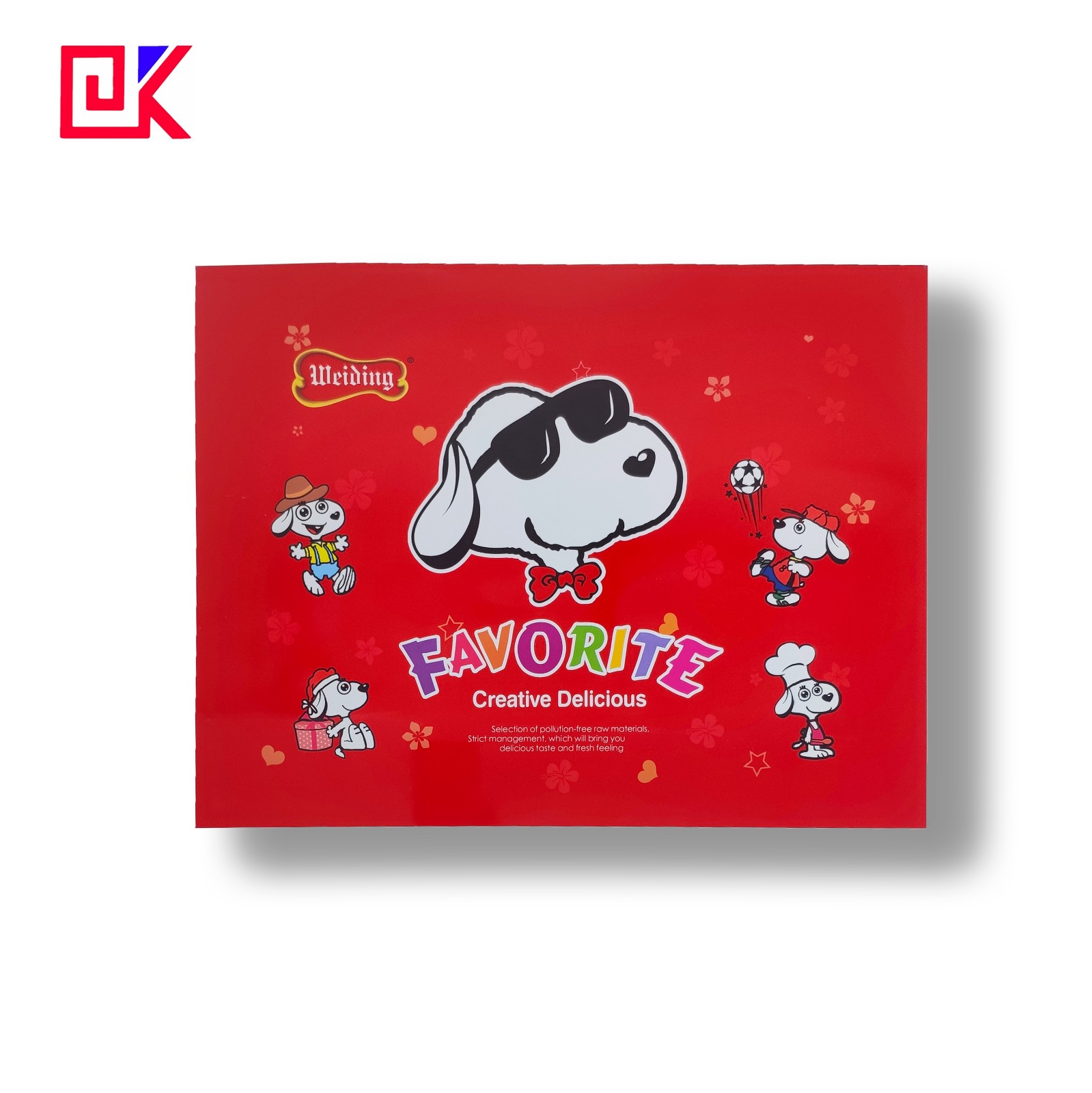
Product Show
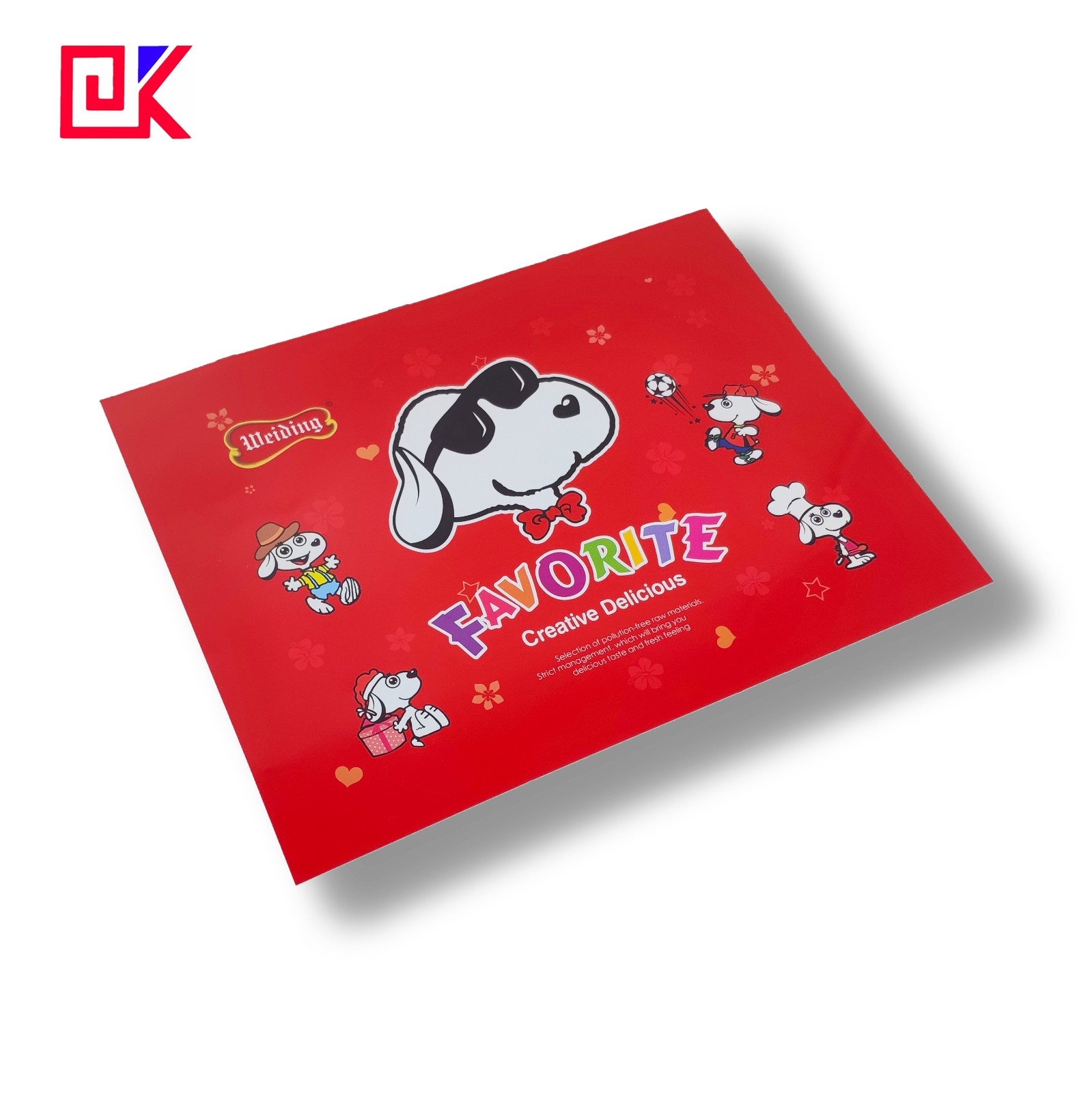
Tinplate of Tins For shortbread tin

Product Detail
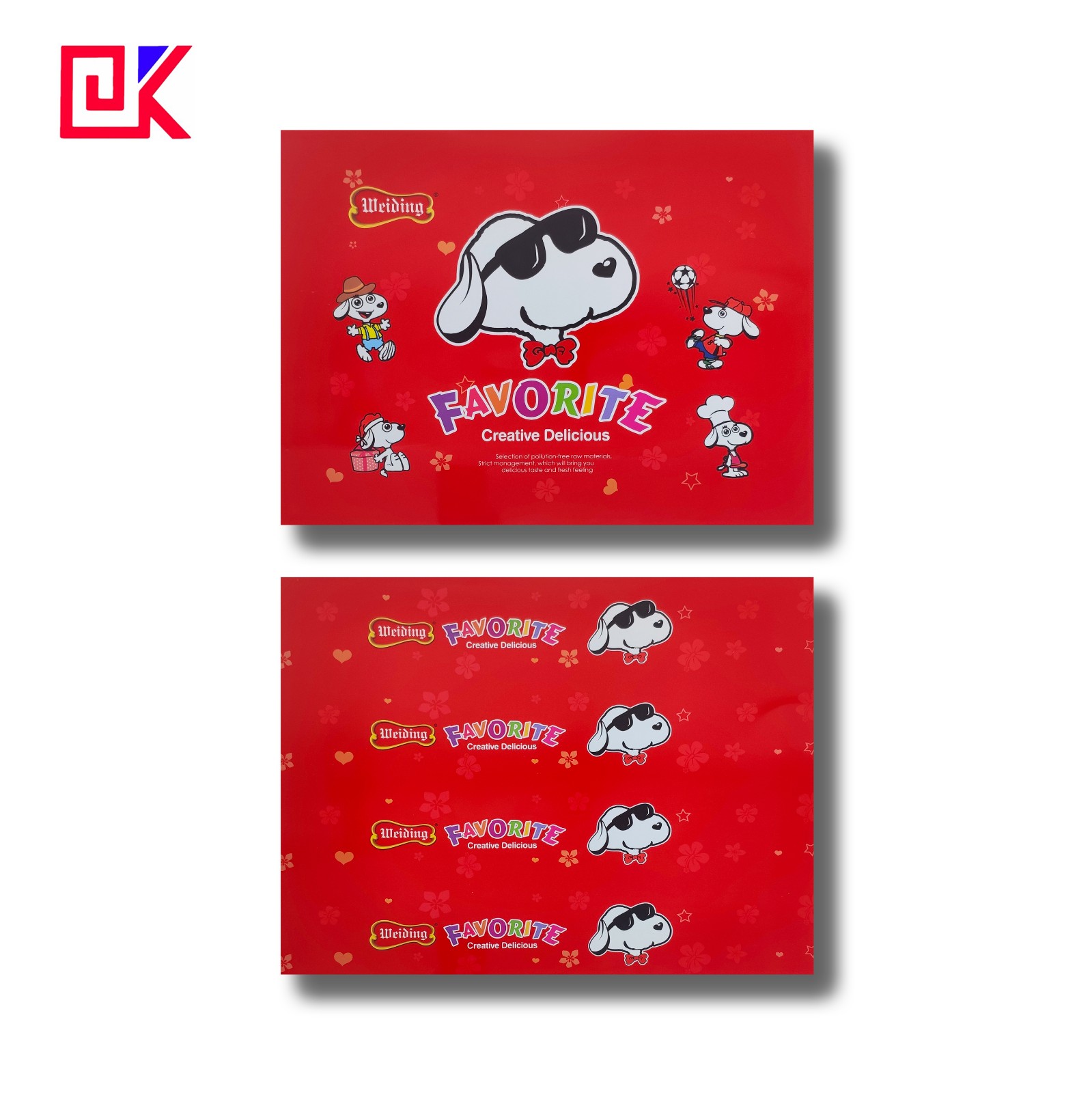
Printing detail of cookie tins bulk
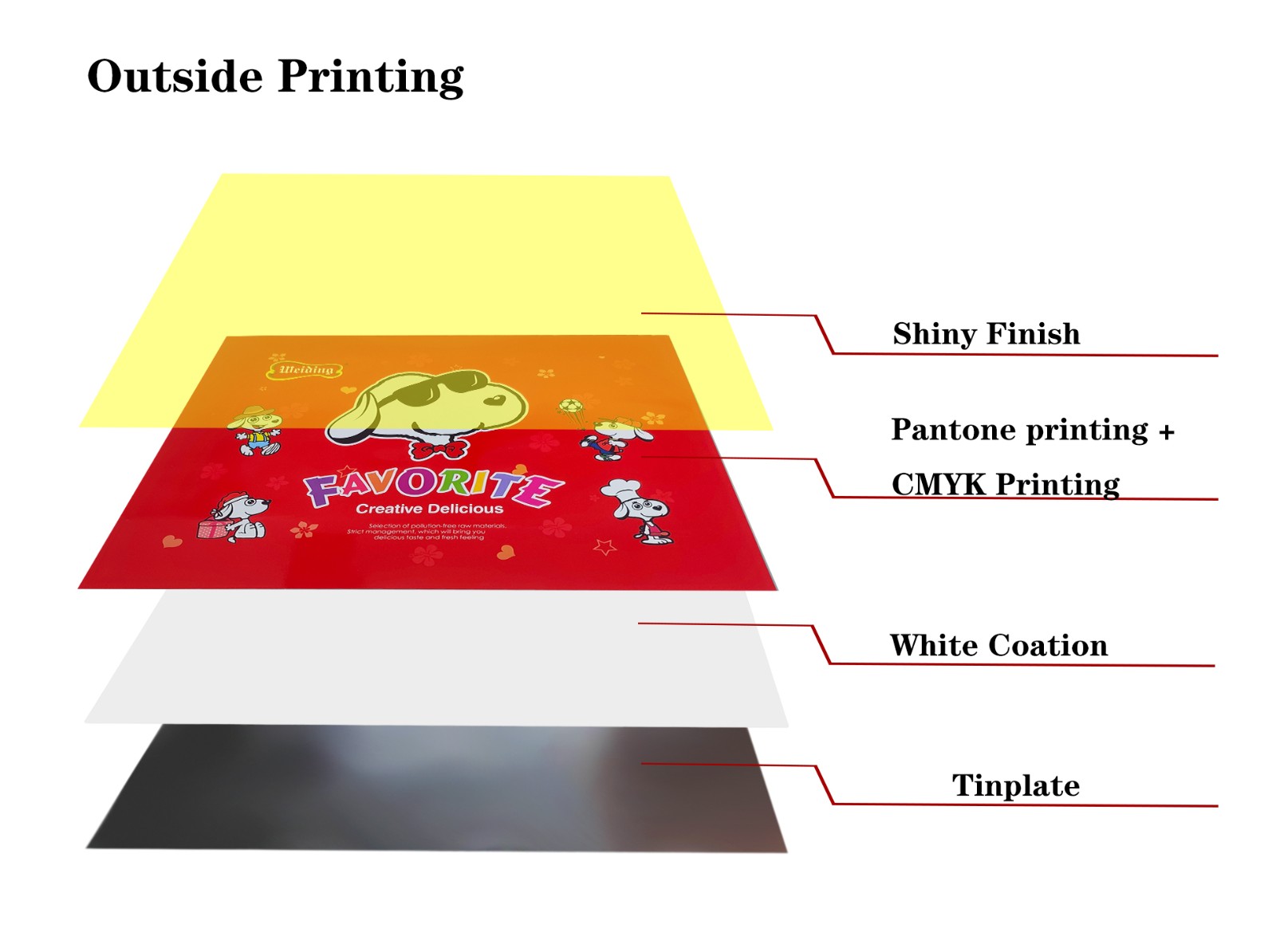
Outside Printing
All of our products support customization, if you need please feel free to contact us.
Standard of tinplate temper:
Standard Material | Q/BQB 455-2009 | JIS G3315-2008 | ASTM A623M-08 | EM 10202:1989 | EN 1020:2001 | ISO 11950:1995 |
Single Reduce | - | T-1 | T-1(49) | T50 | TS230 | TH50+CE |
T-1.5 | - | - | - | - | - | |
T-2 | T-2 | T-2(T53) | T52 | TS245 | TH52+CE | |
T-2.5 | T-2.5 | - | - | TS260 | TH55+CE | |
T-3 | T-3 | T-3(T57) | T57 | TS275 | TH57+CE | |
T-3.5 | - | - | - | TS290 | - | |
T-4 | T-4 | T-4(T61) | T61 | TH415 | TH61+CE | |
T-5 | T-5 | T-5(T65) | T65 | TH435 | TH65+CE | |
Double Reduce | DR-7M | - | DR-7.5 | - | TH520 | - |
DR-8 | LR-8 | DR-8 | DR550 | TH550 | TH550+CE | |
DR-8M | - | DR-8.5 | - | TH580 | TH580+CE | |
DR-9 | DR-9 | DR-9 | DR620 | TH620 | TH620+CE | |
DR-9M | DR-9M | DR-9.5 | DR-660 | - | TH660+CE | |
DR-10 | DR-10 | - | - | - | TH690+CE |
Quality assurance:
1) The Right Material, First Time: Quality is the hallmark of our reputation.
2) Strict quality control,ensure any product satisfied with yours application .
3) Quality Control:
Material Inspection → Drawing and Samples` → Inspection →Correction of Machine and Equipment → Trial production → Finished Production Testing →The Third inspect department
Our advantage:
1). Our product quality is strictly guaranteed!
2). We can provide best service!
3). Our price is competitive!
4). We have more than 10,000 tons in stock so that can
Arrange production schedule immediately for customers.
5). We can do good payment terms.
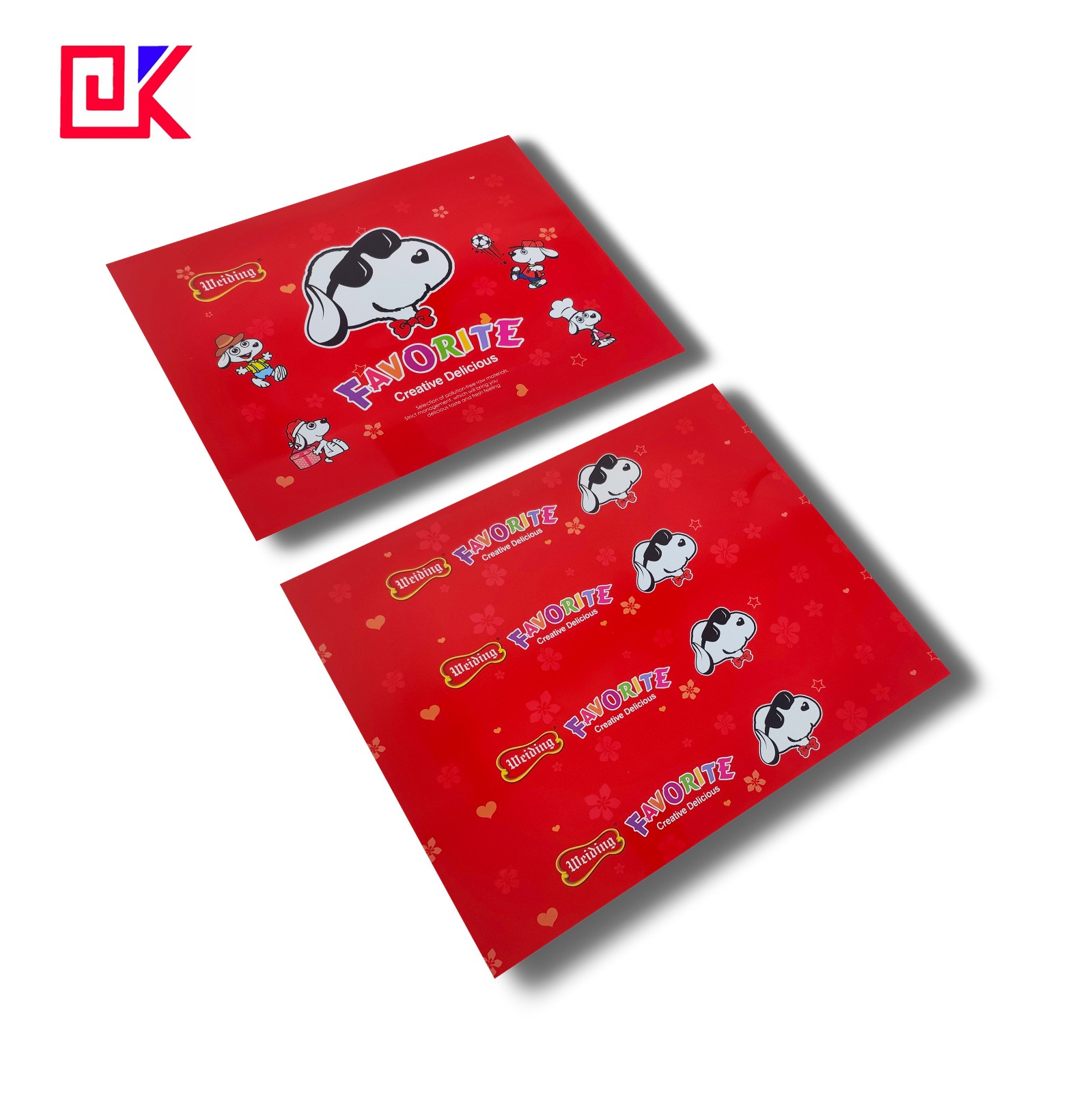
What is Tinplate Sheet Offset Printing?
Offset printing, also called offset lithography, or litho-offset, in commercial printing, widely used printing technique in which the inked image on a printing plate is printed on a rubber cylinder and then transferred (i.e., offset) to paper or other material. The rubber cylinder gives great flexibility, permitting printing on wood, cloth, metal, leather, and rough paper. An American printer, Ira W. Rubel, of Nutley, N.J., accidentally discovered the process in 1904 and soon built a press to exploit it.
In offset printing the matter to be printed is neither raised above the surface of the printing plate (as in letterpress) nor sunk below it (as in intaglio, or gravure, printing). Instead, it is flush with the surface of the plate; thus offset is classified as a planographic method of printing.
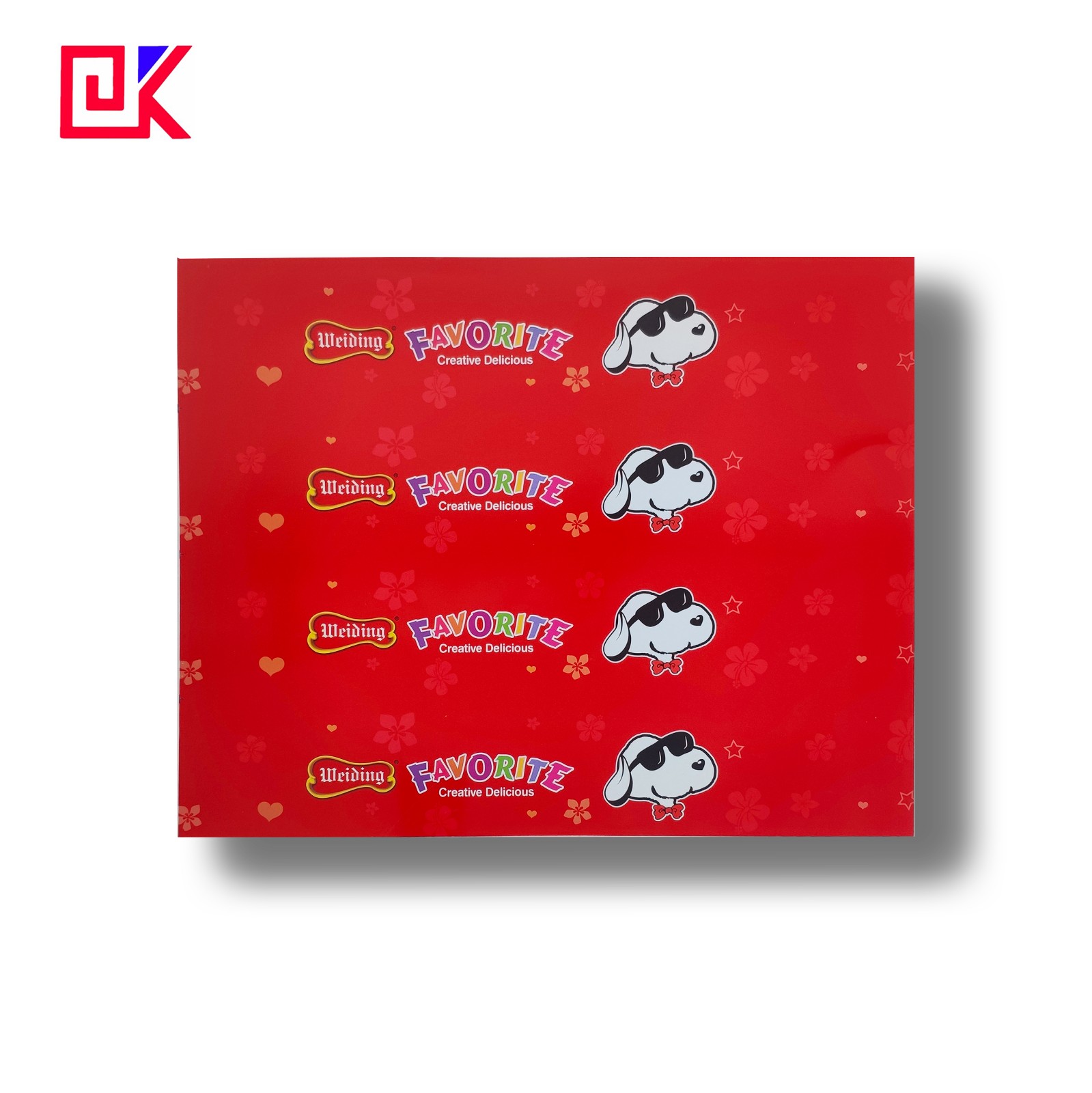
Differences between Tinplate Sheet Offset Printing and general offset printing:
After the tinplate is subjected to the internal coating and external application process, the packaging printing can be operated on the machine.Since the tinplate surface is smooth, does not digest and absorb printing inks, and has the necessary strength and thickness, therefore, tinplate packaging printing is usually selected by offset printing. Basic principles: immiscibility of oil and water, dot conformation and fineness, purposeful absorption.
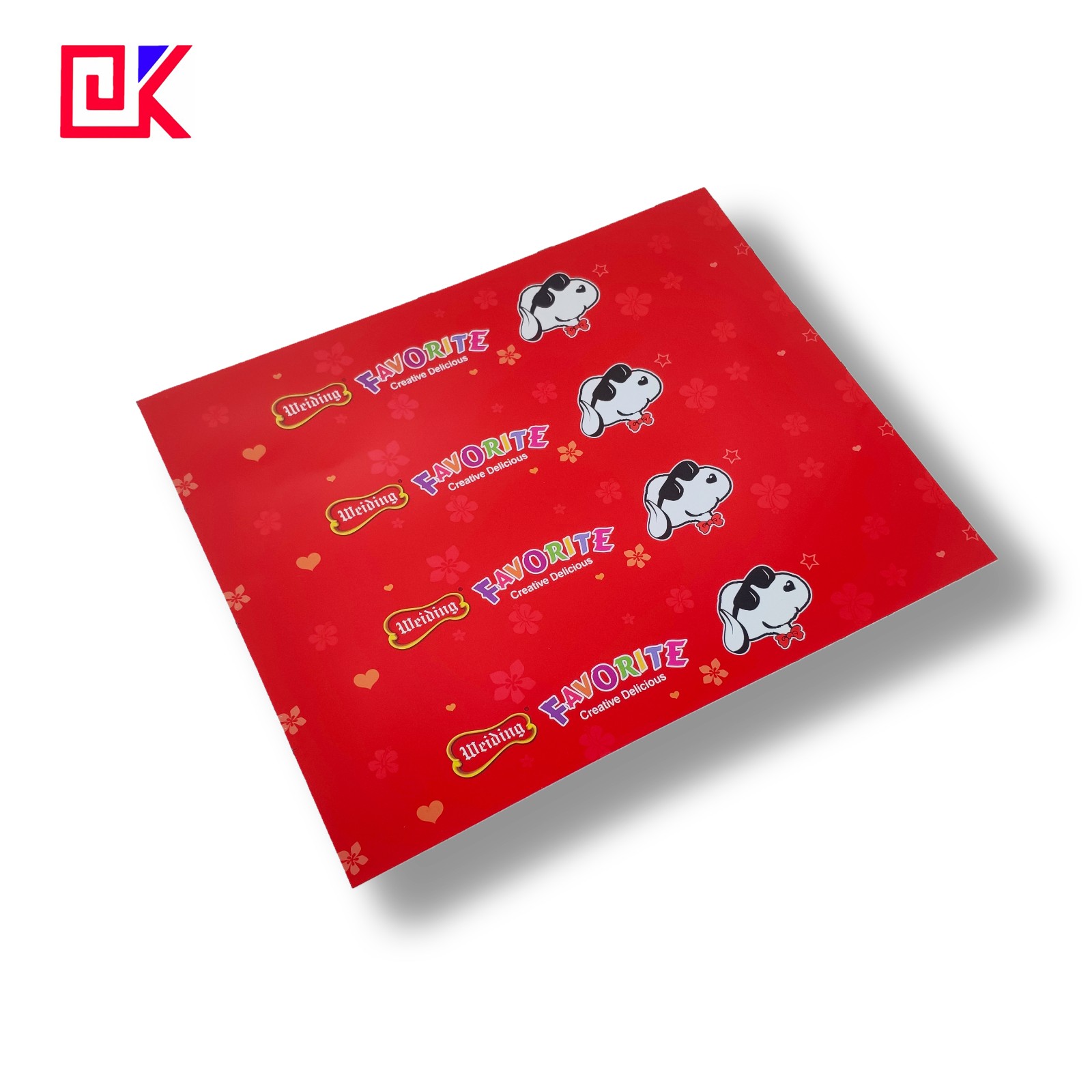
Tinplate lithography is the same as single-page offset printing, but because of the diversity of tinplate, tinplate packaging printing must be different from general offset printing. The key is the following.
1. Water-based ink:
① Dryness and temperature resistance of printing inks: The drying and solidification of printing inks need to be heated and dry, so it is stipulated that the white inks after heating will not change, do not change yellow, and the colorful inks do not fade, fade, and gloss. No matt oil.
Iron printing inks are usually dried at 150 ° C for 10-12 minutes, but in the general post-processing process, such as varnish baking high frequency resistors, electric welding, internal repair coating and internal full spray baking, the temperature must exceed 180-220 ° C, therefore, the temperature resistance of printing inks seems critical.
② Washing resistance: Various organic solvents are contained in the varnish after packaging and printing. In order to avoid the problem of light loss when waxing, the printing ink must have excellent water washing resistance.
③ High-temperature boiling resistance: Containers with food cans should be sterilized by high-temperature bacteria. Therefore, it is stipulated that the printing inks for printing iron must not lose light, fade, or become loose due to the effect of wet steam.
④ Process resistance: Most printed metal products have to go through stamping dies, openings, bending, creasing, rolling and other processes, so the ink layer on the surface of the tin sheet should have a strong structure, which requires that the printing inks have excellent adhesion. Combined force, flexibility, surface strength and impact and compressive strength.
2. Varnish:
The tinplate propaganda for all packaging printing needs to be covered with a layer of bright oil to improve the gloss and scratch resistance of the printed surface, together with the necessary strength, so that the polyurethane coating on the printing surface of the packaging has the necessary flexibility and Corrosion resistance.
Varnish should have the characteristics:
① good color retention, organic solvents in varnish can not make the printing ink dull and fade.
② Have any strength and firmness, so as to be able to bear the production process deformation of the post-process flow.
③ It is consistent with white architectural coatings or primers, and must not corrode white architectural coatings or primers.